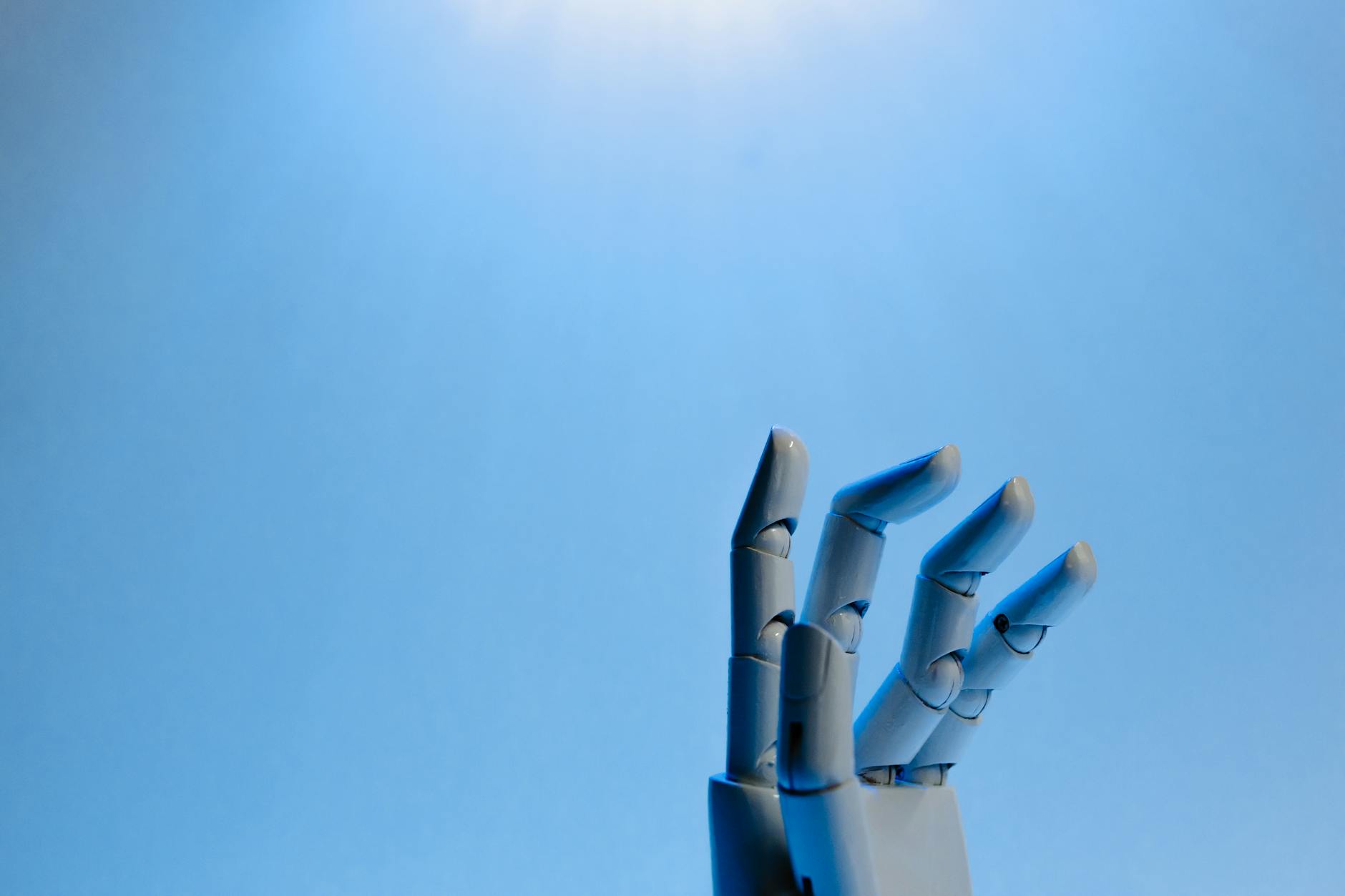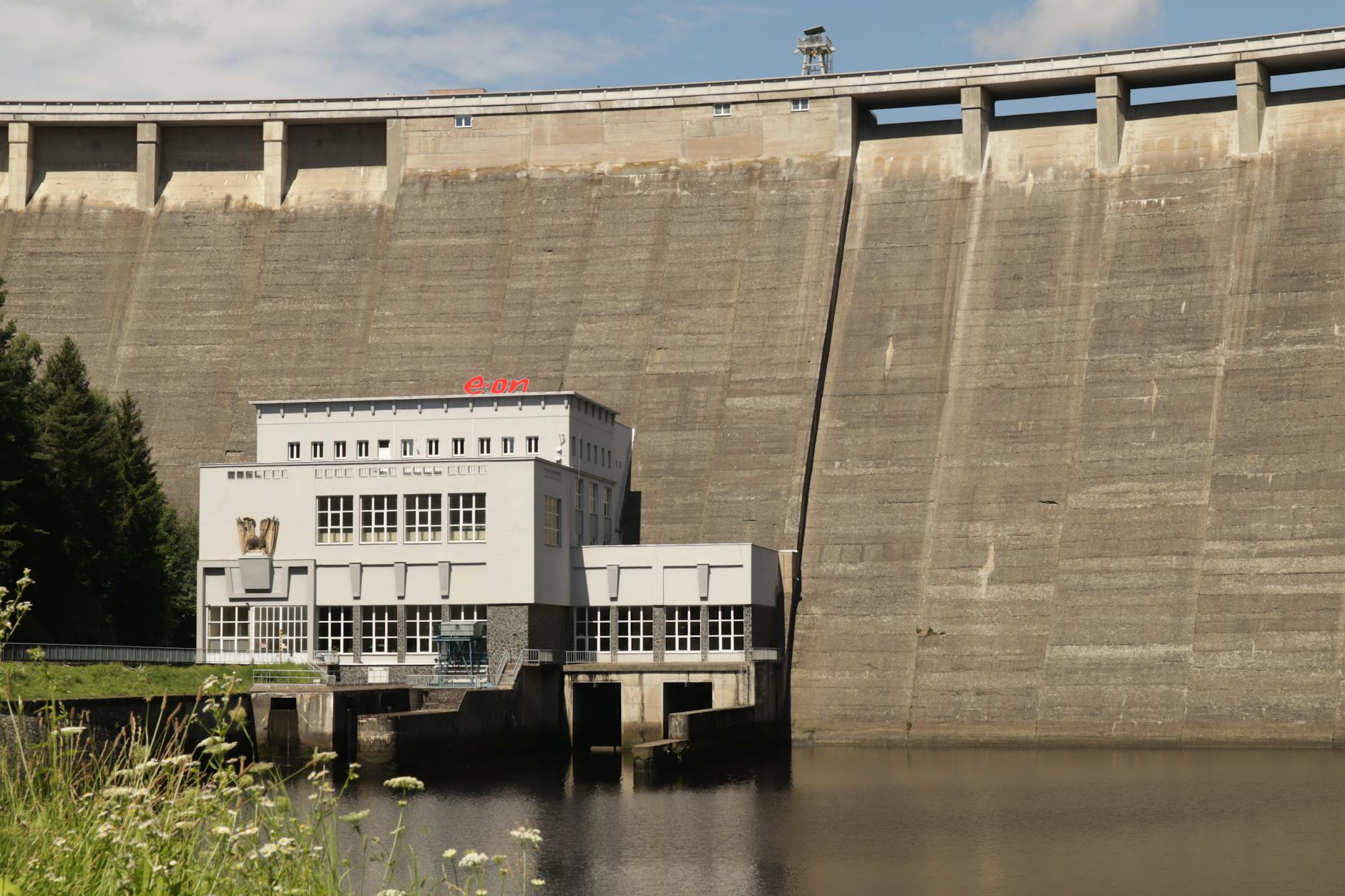In today’s rapidly evolving industrial landscape, the concept of digital twins is revolutionizing industrial automation, offering a transformative approach to optimizing operations, enhancing efficiency, and reducing downtime. Digital twins are virtual replicas of physical assets, processes, or systems that enable real-time monitoring, analysis, and simulation, providing insights that drive informed decision-making and predictive maintenance strategies. In this article, we will explore how digital twins are reshaping the industrial automation sector and delve into the best strategies for utilizing this innovative technology to drive operational excellence and competitive advantage.
Understanding Digital Twins in Industrial Automation
Digital twins leverage advanced technologies such as the Internet of Things (IoT), artificial intelligence (AI), and data analytics to create virtual replicas of physical assets or processes. By collecting real-time data from sensors embedded in equipment or production lines, digital twins provide a dynamic simulation of how these assets operate in the physical world. This digital representation allows for in-depth analysis, predictive modeling, and scenario testing, empowering organizations to optimize performance, improve processes, and accelerate innovation.
The Role of Digital Twins in Enhancing Industrial Automation
Digital twins play a crucial role in industrial automation by offering a holistic view of the entire manufacturing or production ecosystem. By integrating digital twins into the operational workflow, organizations can monitor key performance indicators, identify anomalies, and proactively address issues before they cause disruptions. Furthermore, digital twins enable predictive maintenance by analyzing historical data, predicting potential failures, and scheduling maintenance activities based on actual asset conditions rather than pre-determined schedules.
Best Strategies for Leveraging Digital Twins in Industrial Automation
1. Implementing a Comprehensive Data Acquisition Strategy:
To unleash the full potential of digital twins, organizations must establish a robust data acquisition strategy that encompasses the collection, integration, and analysis of data from various sources. By capturing real-time data from diverse sensors and systems, organizations can create accurate digital replicas that reflect the actual behavior of physical assets.
2. Integrating AI and Machine Learning Algorithms:
Incorporating artificial intelligence and machine learning algorithms into digital twin models enhances predictive capabilities, enabling organizations to forecast equipment failures, optimize production processes, and improve operational efficiency. By leveraging AI-driven insights, organizations can make data-driven decisions that drive continuous improvement and innovation.
3. Enabling Real-Time Monitoring and Control:
Digital twins empower organizations to monitor and control industrial processes in real time, enabling operators to visualize performance metrics, detect deviations, and implement corrective actions swiftly. By integrating real-time monitoring capabilities, organizations can ensure operational efficiency, minimize downtime, and enhance overall productivity.
4. Facilitating Cross-Functional Collaboration:
Digital twins facilitate collaborative decision-making by providing a shared platform where stakeholders from different departments can access, analyze, and interpret data in a unified environment. By fostering cross-functional collaboration, organizations can leverage diverse expertise to optimize processes, drive innovation, and achieve business objectives effectively.
5. Embracing a Culture of Innovation and Continuous Improvement:
To fully harness the potential of digital twins, organizations must embrace a culture of innovation and continuous improvement. By encouraging experimentation, exploring new technologies, and adopting agile methodologies, organizations can stay ahead of the curve, drive transformative changes, and maintain a competitive edge in the rapidly evolving industrial landscape.
In conclusion, digital twins are poised to revolutionize industrial automation by offering unprecedented insights, predictive capabilities, and operational efficiencies. By leveraging the best strategies for implementing and utilizing digital twins, organizations can unlock new possibilities for optimizing performance, maximizing productivity, and driving sustainable growth. Embracing this transformative technology is not just a competitive advantage but a strategic imperative for organizations looking to thrive in the digital age.


